THE STORYTELLER by Jeff Wall
カナダ人アーティスト、ジェフ・ウォール(Jeff Wall)の作品集。1986年の作品「The Storyteller」について言及した一冊。
本作のように、作者の作品において描かれるのは、自身が直接目にした都市やその近郊の乱雑な風景であり、そういった場所をあてもなく彷徨っている時に誰しもが目にするようなシーンである。映画監督のように、プロではない人々を役者として立てて風景を再現し、空港やバス停にある大型広告のようなライトボックスを使用して写真を展示する。日常の風景の中に政治的な抗いが透けて見えるようなイメージとそのスケールは、ギュスターヴ・クールベ(Gustave Courbet)やエドゥアール・マネ(Édouard Manet)をはじめとした19世紀フランスの画家たちが描く、規範的なテーマと現代的なテーマを組み合わせているサロン画を想起させる。
1960年代から5,000点以上もの現代アート作品を収蔵している「フランクフルト現代美術館(MUSEUM für Moderne Kunst)」より刊行された一作。同美術館の収蔵作品は、世界で最も重要なコレクションの一つである。本作は、収蔵作品群を巡り、1人の作家を1冊の書籍で特集するシリーズの一つ。カール・アンドレ(Carl Andre)、シア・アルマジャニ(Siah Armajani)、ヨーゼフ・ボイス(Joseph Beuys)、アンナ&ベルンハルト・ブルーム(Anna und Bernhard Blume)、クリスチャン・ボルタンスキー(Christian Boltanski)、フランチェスコ・クレメンテ(Francesco Clemente)、ウォルター・デ・マリア(Walter De Maria)、ゴットハルト・グラウブナー(Gotthard Graubner)、河原温、バーバラ・クレム(Barbara Klemm)、クレス・オルデンバーグ(Claes Oldenburg)、ブリンキー・パレルモ(Blinky Palermo)、シャルロッテ・ポゼネンスケ(Charlotte Posenenske)、ピーター・ローハー(Peter Roehr)、フランツ・エアハルド・ヴァルター(Franz Erhard Walther)、トーマス・ルフ(Thomas Ruff)らを取り上げ、刊行されている。
ほかにもコレクションには、ローター・バウムガルテン(Lothar Baumgarten)、トーマス・ベイレル(Thomas Bayrle)、ベルント&ヒーラ・ベッヒャー(Bernd and Hilla Becher)、アリギエーロ・ボエッティ(Alighiero Boetti)、ミリアム・カーン(Miriam Cahn)、ハンネ・ダルポーフェン(Hanne Darboven)、マルレーネ・ドュマス(Marlene Dumas)、ダン・フレイヴィン(Dan Flavin)、カタリーナ・フリッチュ(Katharina Fritsch)、ロバート・ゴバー(Robert Gober)、ドナルド・ジャッド(Donald Judd)、イリヤ・カバコフ(Ilya Kabakov)、ロイ・リキテンスタイン(Roy Lichtenstein)、マリオ・メルツ(Mario Merz)、ブルース・ナウマン(Bruce Nauman)、ナム・ジュン・パイク(Nam June Paik)、ゲルハルト・リヒター(Gerhard Richter)、ライナー・ルーテンベック(Reiner Ruthenbeck)、ローズマリー・トロッケル(Rosemarie Trockel)、ジェームズ・タレル(James Turrell)、ビル・ヴィオラ(Bill Viola)、アンディ・ウォーホル(Andy Warhol)などの主要作品を収められており、美術史の研究において非常に貴重な資料であると言える。
※本書はデッドストック書籍のため、経年劣化による変色やダメージがございます。あらかじめご了承ください。
Comprising more than 5,000 works of contemporary art dating from the 1960s to the present, the collection of the MUSEUMMMK für Moderne Kunst is one of the most important of its kind in the world. With canonical works by Carl Andre, Siah Armajani, Lothar Baumgarten, Thomas Bayrle, Bernd and Hilla Becher, Joseph Beuys, Alighiero Boetti, Miriam Cahn, Hanne Darboven, Walter De Maria, Marlene Dumas, Dan Flavin, Katharina Fritsch, Robert Gober, Donald Judd, Ilya Kabakov, On Kawara, Roy Lichtenstein, Mario Merz, Bruce Nauman, Claes Oldenburg, Nam June Paik, Blinky Palermo, Gerhard Richter, Reiner Ruthenbeck, Rosemarie Trockel, James Turrell, Bill Viola, Jeff Wall, Franz Erhard Walther and Andy Warhol, the holdings constitute an important source for art-historical research.
Wall's staged tableaux straddle the worlds of the museum and the street. The scale and ambition of his pictures-scenes of everyday life shot through with larger intimations of political struggle-equally evoke the Salon paintings of nineteenth-century French painters such as Gustave Courbet and Édouard Manet and the advertising light boxes seen at airport terminals and bus stops. The combination is not as strange as it seems, however, in that these earlier artists regularly shocked viewers by chronicling the social transformations and class conflicts of their own historical moment in a manner deemed unworthy of serious art. References to their canvases abound in The Storyteller, from the trio of urban castaways echoing the figures in Manet's Déjeuner sur l'Herbe to the steeply pitched, spatially ambiguous landscape that recalls Courbet's Young Women from the Village. Yet these allusions are never gratuitous: Manet himself scandalized the public by having the roguish Parisian pleasure-seekers of his contemporary pastoral mimic the poses of Giorgione's revered Concert Champêtre.
Set in a leftover sliver of land off a highway in Vancouver, where the artist lives, The Storyteller shows the liminal space where past meets future, crisscrossed by power lines and illuminated from within by the electric light that permeates our world of spectacle, consumption, and waste. Yet the work is ultimately hopeful, holding in suspension the potential for cultural traditions to survive and contest historical amnesia, the homogenizing effects of the media, and the empty promises of technological progress. In creating a space that is both irrevocably fragmented yet retains the possibility for coherence in the mind of the viewer, Wall's picture is, in its largest sense, a statement about the meaning and function of art itself.
※Please note that there is visible damage and discoloration due to age.
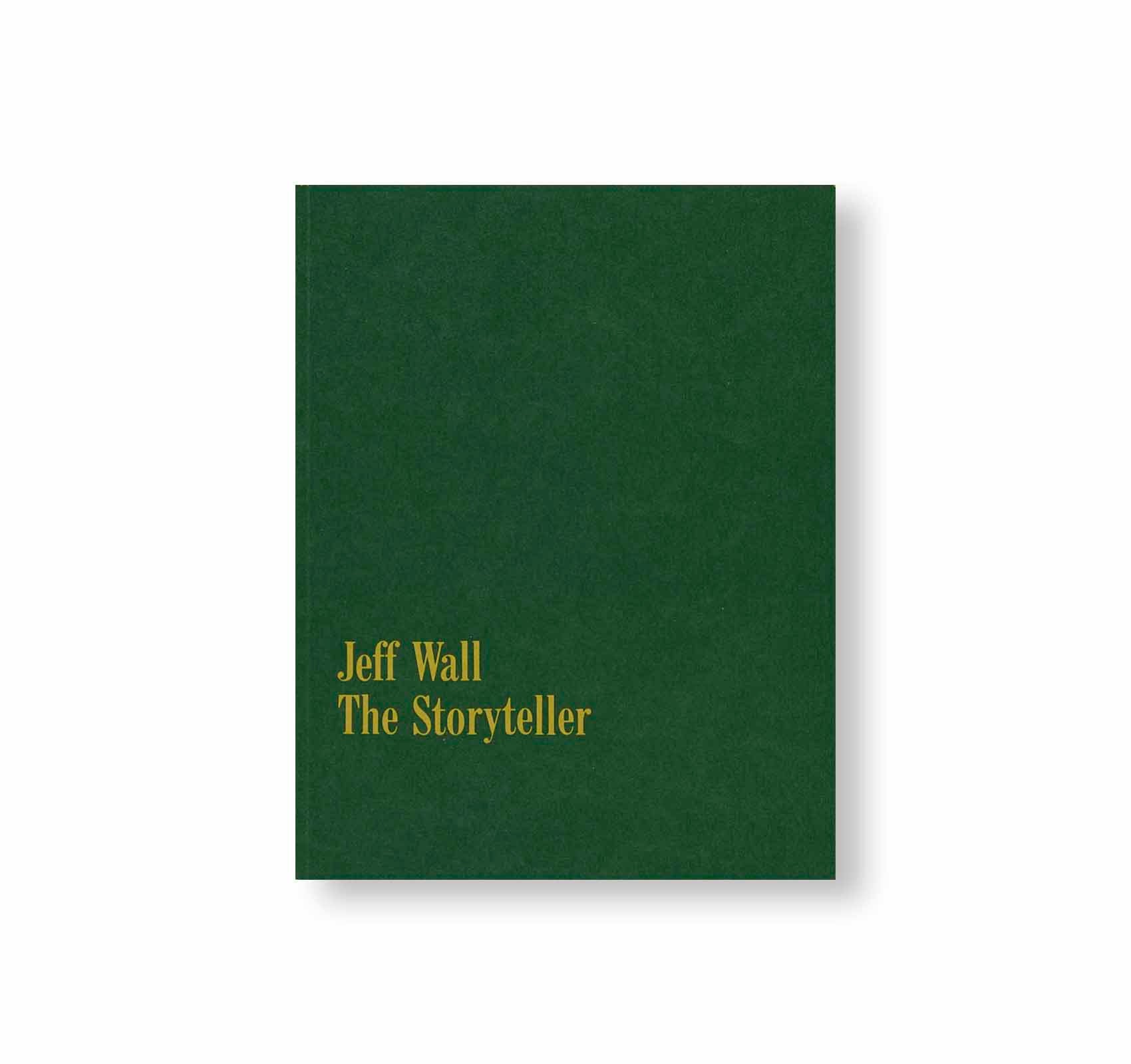

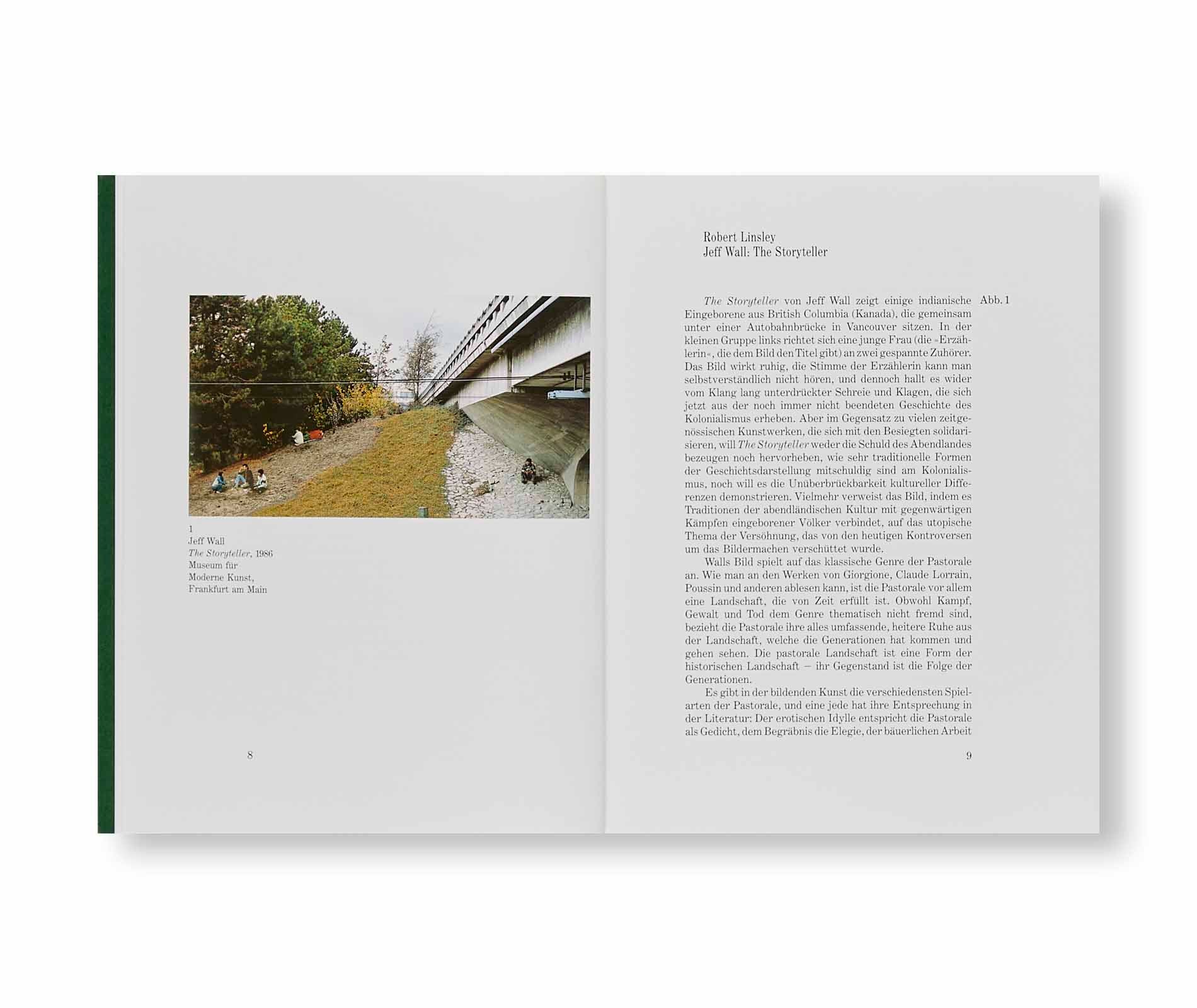
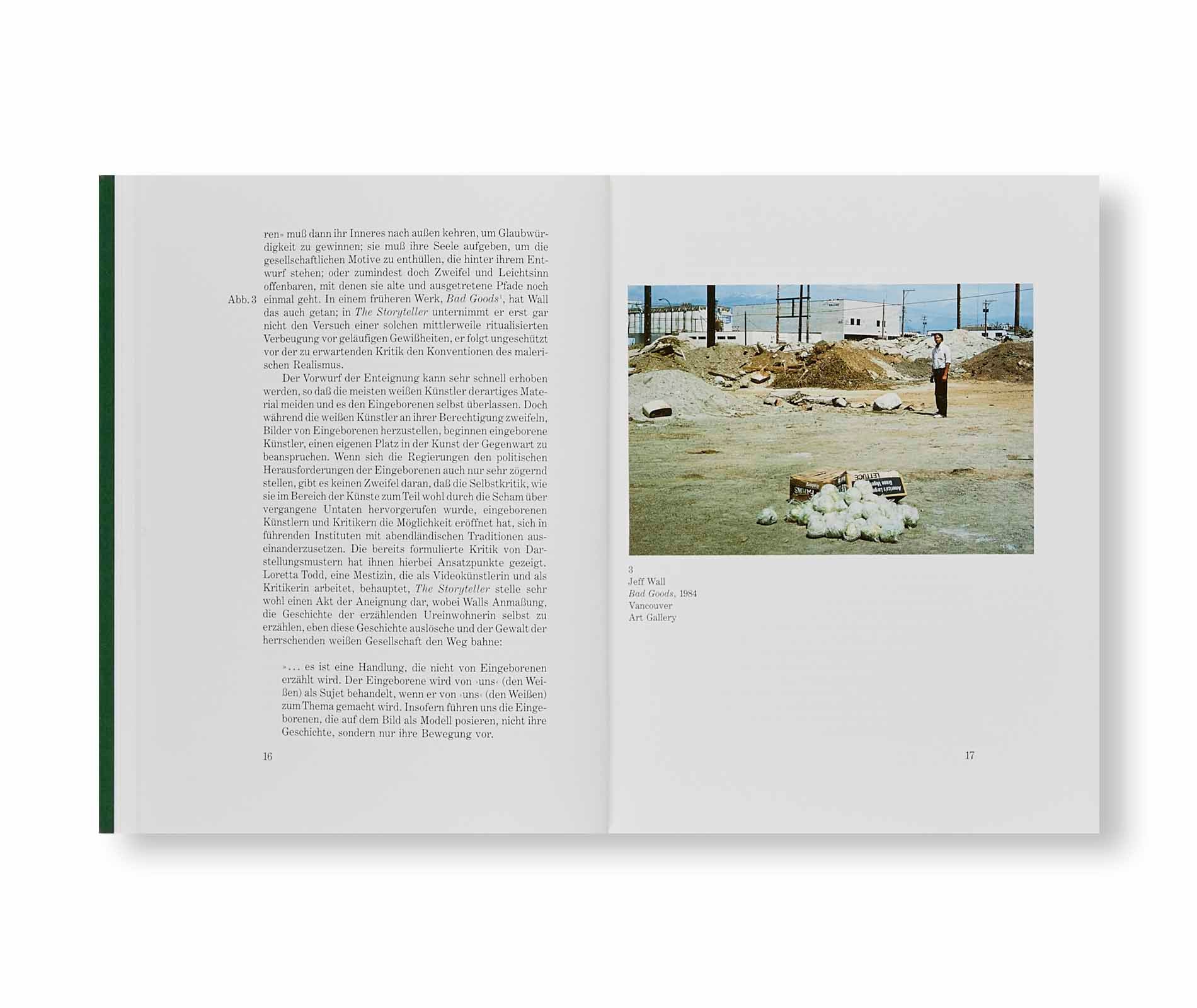



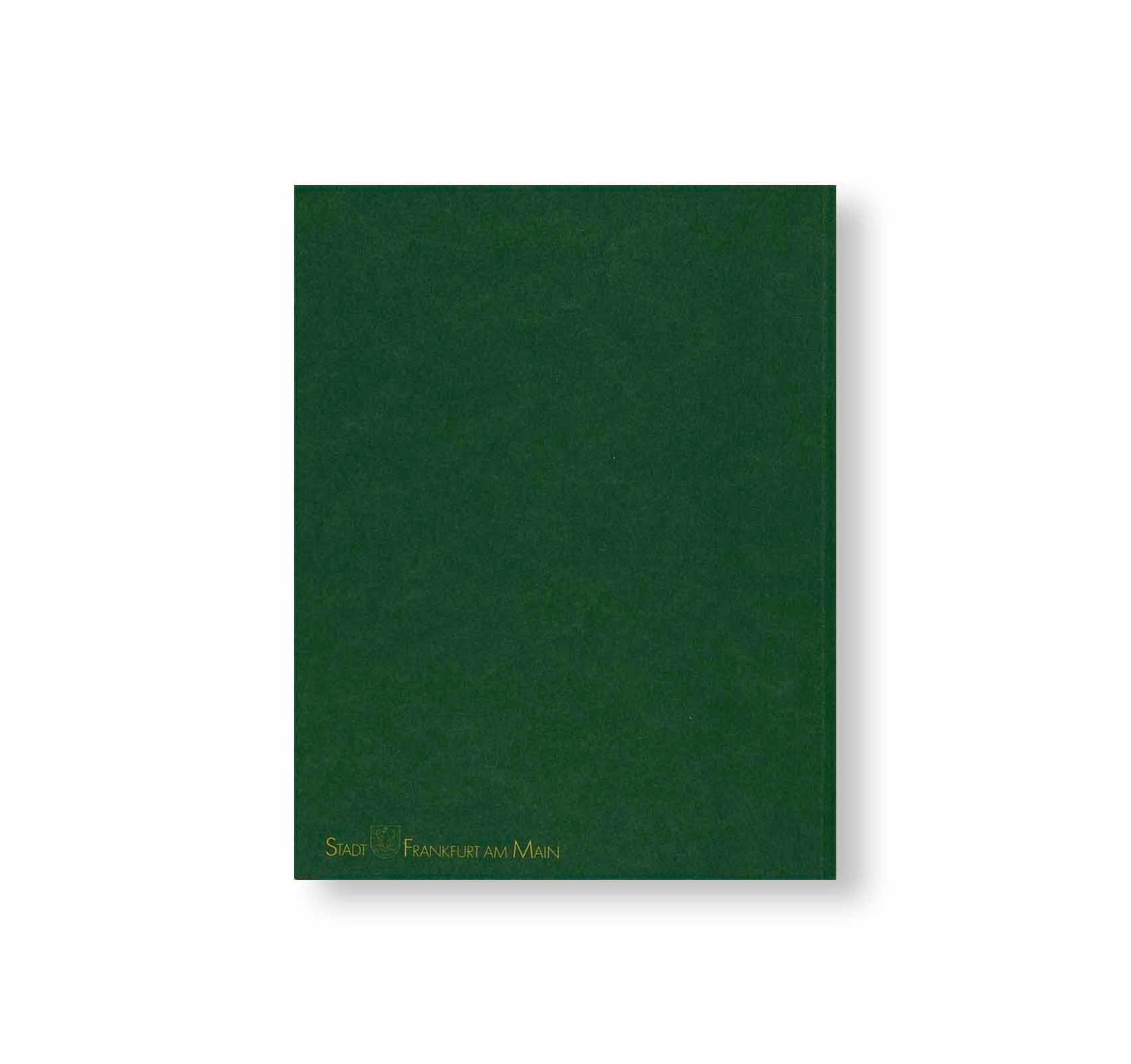
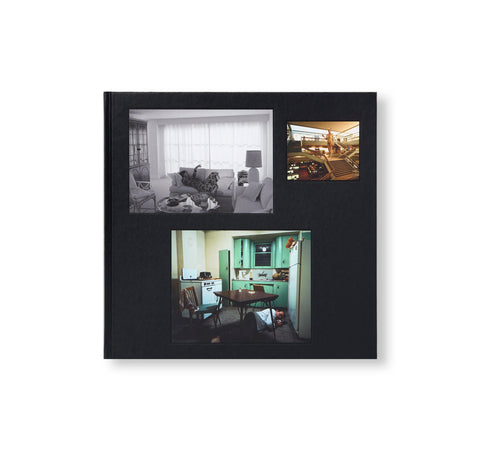
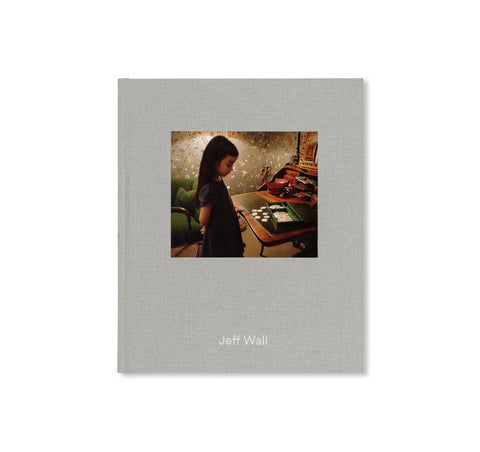
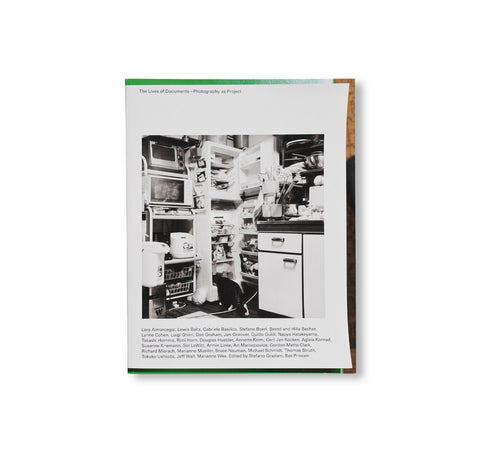
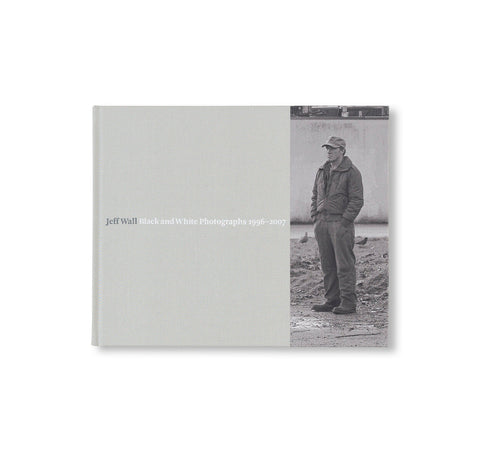
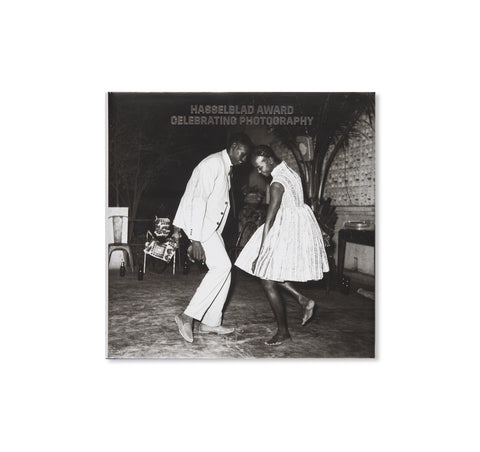
![A HANDFUL OF DUST by David Campany [SECOND EDITION]](http://twelve-books.com/cdn/shop/products/160112.14_2820_large.jpg?v=1571703834)
